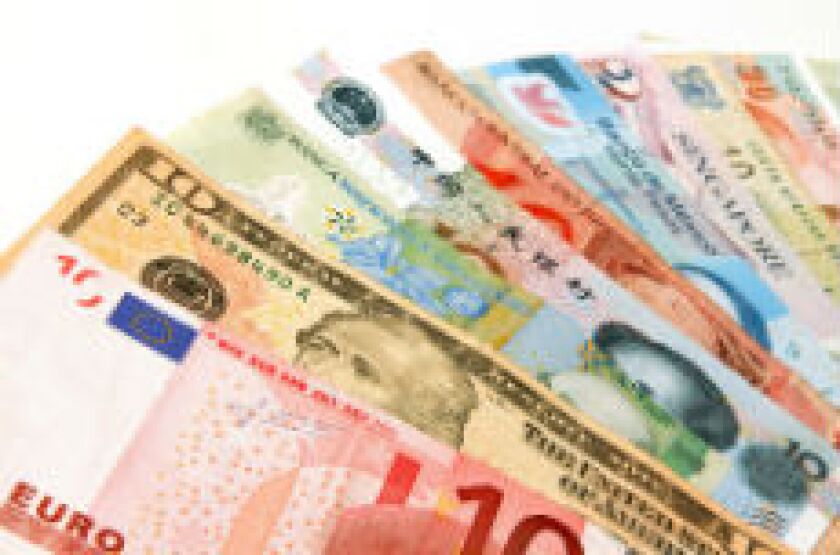One EM investor said this week that EM funds have put on $26bn since July, and $40bn this year. With supply so far this year limited, and some $13tr of negatively yielding assets worldwide, it looks as if there is only one way for spreads to go.
Sure, no one has a clue where all this money is coming from. There’s evidence to suggest that it is not new money, but dedicated EM funds returning to the asset class, having fled to risk-free assets at the beginning of the year, when Chinese stock market volatility sent investors scurrying
But there’s also plenty of noise about so-called hot money flooding in that could leave as suddenly as it arrived.
Indeed, EM debt is certainly not a one-way bet. November’s US elections, Federal Reserve rate hikes, bad news from China and lower oil prices all have the potential to scare investors away in their droves.
Typically, smaller issuers will avoid markets where investors are focused on headline-grabbing deals. This autumn, Saudi Arabia, Egypt and several other big EM trades look set to hog the limelight. But this autumn is an exception. All EM issuers need to pile in, to take the rewards of cheap cash while they can, because it is not going to last forever.
